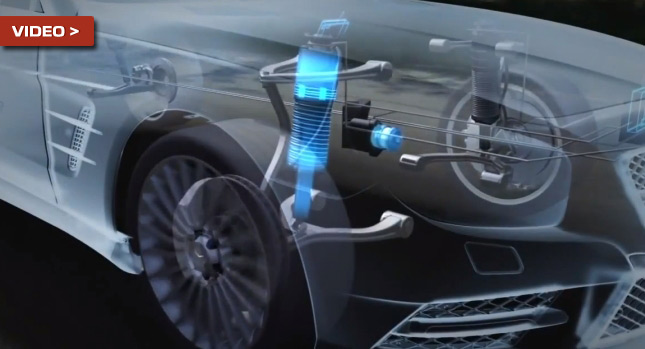Adaptive suspension, not so long ago, used to be relegated to the realm of exclusive, expensive or odd cars. One of the first ones to really use it en masse was Citroen, though its hydraulic setup was aimed at merely providing superior ride comfort, and at the expense of the loss of road feel.
Nowadays, the emphasis is no longer only on a cushy ride, and adaptive suspension systems have invaded the market, where they are usually optionally available, promising to enhance both handling precision and competence, as well as pothole absorption capability on demand.
However, now there’s a multitude of different systems, only one of which is related to what Citroen used, as the CNET video posted below shows.
Currently, one of the most advanced type of adaptive damping uses iron filings and magnets in the shocks to adjust the characteristics, and it really does work (even better than first believed), at least in the Audi that I had a chance to try it out in.
Find out how it and the other alternatives work by scrolling down and clicking play.
By Andrei Nedelea
VIDEO



